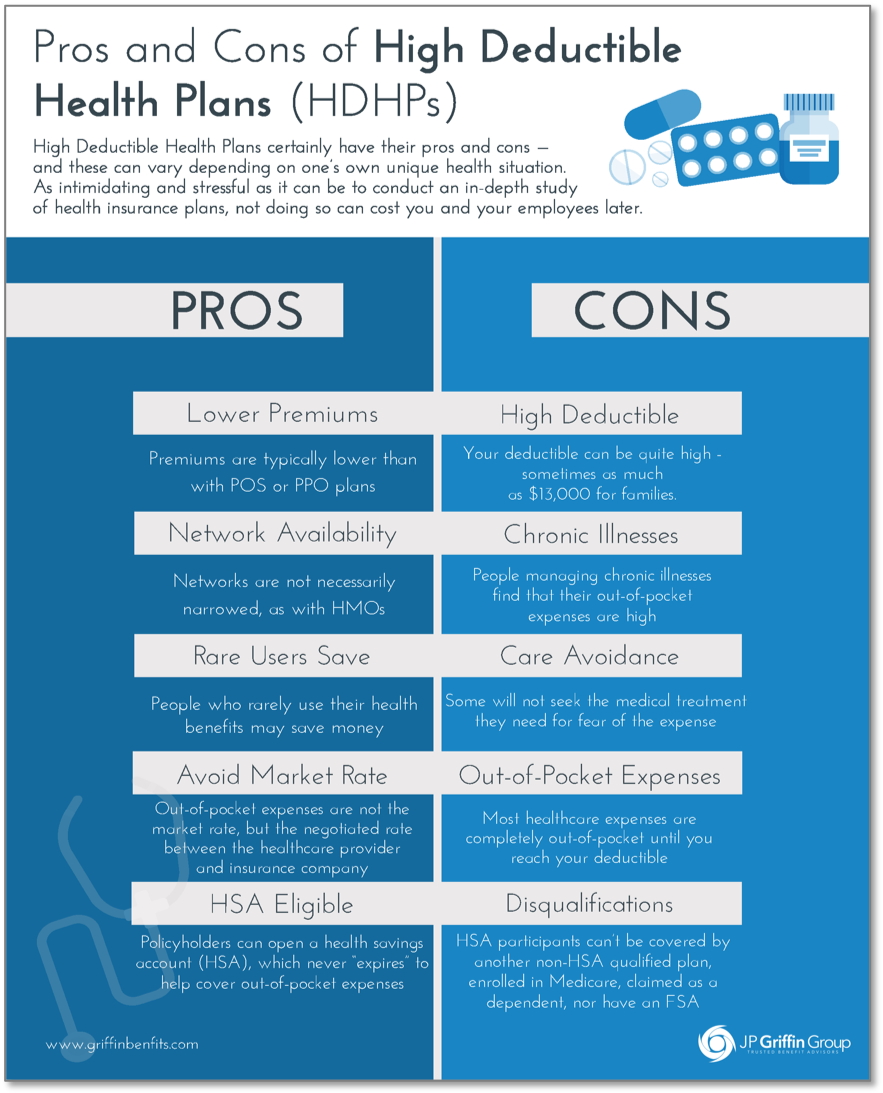Table of Content
While we strive to provide a wide range offers, Bankrate does not include information about every financial or credit product or service. Our insurance team is composed of agents, data analysts, and customers like you. They focus on the points consumers care about most — price, customer service, policy features and savings opportunities — so you can feel confident about which provider is right for you. Health insurance policies with lower monthly premiums tend to have higher deductibles.
Once you reach your out-of-pocket maximum, your insurance plan will pay all additional expenses at 100 percent. You’ll continue to pay premiums until you no longer have the insurance plan. A deductible, on the other hand, only has to be paid if you use the insurance. Your deductible automatically resets to $0 at the beginning of your policy period.
What should you not say to an insurance adjuster?
You’d file a claim with your insurance company, after which they’d factor in your deductible and then cut you a check for $2,000. You, the homeowner, are responsible for coordinating repairs and paying for these services directly. The good news is that many big insurance carriers have relationships with preferred vendors and contractors who can help coordinate repairs, which can make things a little easier. Your health insurance deductible is what you pay for covered services before your plan begins paying. This table illustrates how different deductibles homeowners insurance premiums in various locations.

Often when you bundle policies, you have the convenience of just one deductible for both coverages. You'll want to work with an independent insurance agent to get the best deals on deductibles and coverage. A home insurance deductible is the amount you agree to pay first when settling an insurance claim. This allows the risk of insuring your home to be shared between you and your insurer. However, it's important to consider whether submitting a claim makes sense, especially if the cost of your deductible exceeds the cost of your home's repairs.
Frequently Asked Questions (FAQs)
A health insurance deductible is the amount of money you agree to pay for covered services before your health insurance company begins to pay. Once you've reached that deductible, the health insurance company pays a portion of the costs of your care. This is called coinsurance, and it might be split such that the insurer pays 80% and you pay 20%. Instead of a deductible and coinsurance, some plans charge a copayment, or copay, such as $25 or $100, for prescription drugs and office visits.
If you accept their payout, you’ll have to pay your deductible first. Medical payments to others coverage don’t have a deductible attached to the claims. You can't make a claim for an amount that's less than your deductible. If you experience damage that costs less to repair or replace than the amount of your deductible, you'll have to pay for it out of pocket. Raising your deductible from $500 to $1,000 will decrease the cost of your homeowners insurance by 6%, on average.
Find Insurance By State
Umbrella policies also have deductibles, which can vary from policy to policy. With flood insurance, you can expect a minimum deductible of $1,000. To protect your property, you’ll need to get an umbrella policy that covers earth movements . And if you live in a high-risk flood area, you can also purchase flood insurance through the National Flood Insurance Program .

When you buy a house, you’ll be required to purchase homeowners insurance. That’s because your mortgage lender wants to be sure their interest in your property is protected in case of a crisis. But what you pay for homeowners insurance depends on several factors, including your deductible. Whatever deductible you choose, make sure you have at least that amount saved should you need to use it. Most standard insurance policies don’t cover earth movement, which includes earthquakes, mudslides and sinkholes. When it comes to sinkholes, one exception may be if you live in Florida, where insurers are legally required to offer some sort of protection from ground cover collapse.
Renters insurance deductible
Let’s say your roof suffered damage from an incident that cost $10,000 in repairs. If the incident that caused the damage is covered under your homeowners insurance policy, your property insurer will help cover the repair costs. In this example, if your homeowners insurance deductible is $1,000, your insurer would cover $9,000 in costs, and you would cover the remaining $1,000 out of pocket. The individual deductible is how much each member on the plan would need to pay toward covered services before insurance coverage kicks in for their care. A high deductible can help you keep your premium low because your insurance company does not protect you from as much risk. It can work well for people with enough in an emergency fund to cover a large deductible and any other expenses.

He saved me a lot of money and I will highly recommend this company to any of my colleagues. And bent over backwards to get me Contractors insurance by Midnight. I'm very happy with the service I received and will continue to do business with them in the years to follow. The kind of stuff that hopefully makes you stop and think – and maybe discover something that can help your business, or life. This is either a standard fixed amount, or a percentage of your home’s insured value.
At that point, your insurance would pay a portion of the remaining cost, such as 80%, and you'd be responsible for the remainder (in this case, 20%). An essential part of an insurance contract, a deductible is the amount the policyholder agrees to pay out of pocket before the insurer shoulders the cost of coverage. Whether you’re buying home insurance, life insurance, or health insurance, always shop around and compare policies before signing up. If you choose a home insurance policy with a $2,000 deductible, and you don’t have this amount of cash in reserves, you’ll run into hardship when filing a claim. Deductibles for earthquake insurance can range from 5 percent to 25 percent of your dwelling coverage. Dwelling coverage is the part of your home insurance policy that protects the physical structure of your home.

If you have a good credit score and are willing to pay some interest, you can pay your deductible with a credit card or a loan. For people who have plenty of savings, raising a homeowners insurance deductible can help save hundreds of dollars per year. Screenings, immunizations, and other preventive services are covered without requiring you to pay your deductible.
It gives you some peace of mind, knowing that there’s something that you can rely on. As for the insurance company, it will provide coverage for damages that can affect you financially, but they will ask you how much of the risk you can cover with your own money. Let’s say you have a $1,000 deductible on your homeowner’s insurance policy. During a thunderstorm, a large tree limb falls on your roof, amounting to a homeowner’s insurance claim of $8,000 to get your roof replaced.

No comments:
Post a Comment